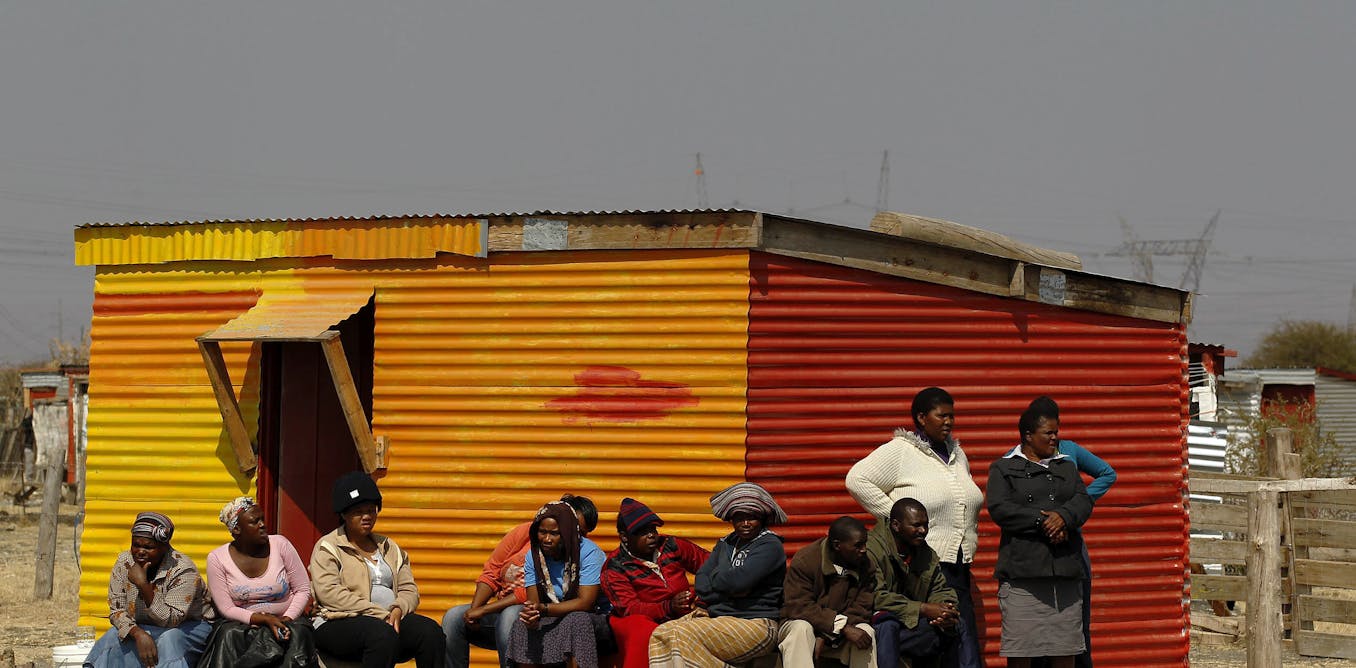Play all audios:
Women’s organisations have proliferated across Africa and are networking across the continent on an unprecedented scale to create gender-friendly laws and constitutions. But writing about
the women’s and feminist movements is a definitional minefield. The two are often conflated, more so in Africa. Feminist scholar Karen Beckwith observes that the lack of definitional clarity
happens particularly in countries where women’s movements and feminist movements have emerged recently. WOMEN’S MOVEMENTS Defining a women’s movement is quite complicated. Beckwith makes
the important point that the conflation of women’s activism, movements and feminism confounds our ability to make a distinction between women’s class and race interests. She proposes that a
women’s movement be defined as a subset of sociopolitical movements with a focus on women’s gendered experiences. An example would be women’s sewing clubs. In Africa there is a lot of
variation between regions in terms of timing, character, influence and effectiveness of women’s movements. Women’s movements arise as a consequence of modernising forces and processes that
redefine the meaning of public (politics) and private sphere (household). Often women’s movements may not have been the champions of equal rights. Instead, they may have sought to protect
women’s roles of mothering and care-giving in traditional African societies. This may not always be empowering. FEMINISM A feminist movement, on the other hand, is characterised by its
challenge to patriarchy. It uses a gendered power analysis and contests political, social and other arrangements of domination based on gender. Examples include women’s alliances around
reproductive rights. Gender and women’s studies expert Aili Mari Tripp’s research of women’s organisations in Uganda has shed light on how women organise. She argues that the country’s
women’s organisations have distinguished themselves from older forms of mobilisation through autonomous leadership, agendas, strategies and financing. Ugandan women took up issues that
included reproductive rights, political participation of women and media representation of women. They were pluralistic in the issues they took up, but also internally pluralistic in the
formation of alliances across religious lines, ethnic and political affiliations. Women’s resistance to patriarchy in Africa went hand in hand with their opposition to colonialism (and in
South Africa, apartheid). They fought liberation struggles for freedom alongside men, but were often left out of transitional negotiations for change to democracy. In a sense, then, the
gender struggles were made subordinate to the struggles against colonialism and racism. In the South African case, women had to fight to get their issues onto the policy agenda and to get a
place at the negotiation table. This type of mobilisation is, however, different from the mobilisation by party’s women’s wing, like the ANC Women’s League. These organisations tow the party
line. This is often to the detriment of gender equality where women form alliances with men to support a governing party. In South Africa, feminist activists formed the Women’s National
Coalition in 1992. This was a broad-based women’s movement consisting of women’s organisation across class, race and party lines to develop the Women’s Charter. The aim was to ensure that
women’s issues were included in the Bill of Rights. When this campaign was successfully completed, the coalition became fragmented in the absence of a single issue that kept them together.
NEW FORMS OF MOBILISATION Feminist activists in South Africa are still setting the agenda for change. But the form of mobilisation has changed from a mass-based movement that functions on a
national level to localised, temporal movements. This results from the need for women to engage the democratic state on issues of legislation and policy. The Shukumisa Campaign around
gender-based violence and the Alliance for Rural Democracy are two such localised movements of alliance formation. They were characterised by the fact that they were of short duration but
involved intense mobilisation around legislation. Both were very successful as ways of keeping the state accountable to women. The two campaigns show that success on a national level is
connected to work done with women on a local level to inform the legislative and policy process. Women’s organisations are therefore also involved in a “politics of scale”, where local,
national and transnational organisations contribute to changing conditions of gender inequality. SOLIDARITY BEYOND BORDERS African women’s participation on a transnational level has become
an imperative for shifting the focus from local to global politics. The Feminist Dialogues preceding the World Social Forum of 2007 took place in Nairobi, Kenya. The first two dialogues in
2004 and 2005 focused on deepening the analysis on globalisation, fundamentalisms and militarism. In 2007 building and rebuilding feminist politics was prioritised. Two more sub-themes were
included that year. They were: * Feminist ways of working in different regions; and * Global feminist strategies for addressing fundamentalisms, neoliberal globalisation and militarism. The
importance of transnational mobilisation cannot be over-emphasised. Many efforts to improve women’s lives are derailed on a global level. Economic restructuring often contributes to the
feminisation of poverty where women represent a disproportionate percentage of the world’s poor. Feminism depends on women’s activism as expressed through mobilisation that will lead to
significant challenges to patriarchy.

